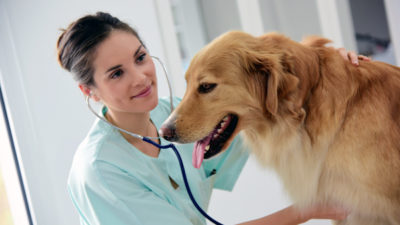Veterinary Anti-infectives Market Advancements, Industry Analysis And ForecastPosted by Neha Bora on March 16th, 2020
The Report Veterinary Anti-infectives Market Size, Share & Trends Analysis Report By Animal Type, By Product (Antibacterial, Antifungal, Antiviral) By Route of Administration, By Distribution Channel, And Segment Forecasts, 2019 – 2026 The global veterinary anti-infectives market size is anticipated to reach at USD 8.5 billion by 2026, registering a 6.4% CAGR during the forecast period, according to a new report published by Grand View Research, Inc. Rising prevalence of zoonotic diseases and bacterial infection, such as bovine TB, anthrax, and animal flu, is the key market driver. These diseases possess higher threat not only to animals but also to humans as they are food-borne, vector-borne, and communicable by direct and indirect contact. As per the Centers for Disease Control and Prevention (CDC) 2018, salmonella was the most common bacteria affecting the humans, especially the vets. The incidence and mortality rate might approach 100% during salmonella outbreaks. Antibiotics are used as an effective treatment for such outbreaks. This factor is anticipated to drive the market in near future. Pharma giants are heavily investing in veterinary health R&D to not only address the growing disease burden but also to provide a better veterinary healthcare system. For instance, Zoetis increased their R&D fund from USD 382 million in 2017 to USD 432 million in 2018. Boehringer Ingelheim also invested around USD 41.90 million in 2018 for establishing new R&D facilities and for expanding their existing plants. The company also initiated 400 more clinical trials globally. Groundbreaking technological advancements are rapidly transforming the veterinary anti-infectives market and are producing lucrative potentials for key participants. Some of the major market players are Merck & Co. Inc.; Zoetis; Boehringer Ingelheim; Ceva Santé Animale; Virbac; and others which account for a substantial market share, owing to their extensive product portfolio. Adoption of big data in livestock farming and wearable technologies to monitor pet health, are some of the notable strategic initiatives adopted by the market players. Further key findings from the study suggest:
Access Research Report of Veterinary Anti-infectives Market @ https://www.grandviewresearch.com/industry-analysis/veterinary-anti-infectives-market
Like it? Share it!More by this author |



